Recent developments and perspectives on bimetallic nanomaterials highlighted in Particle & Particle Systems Characterization.
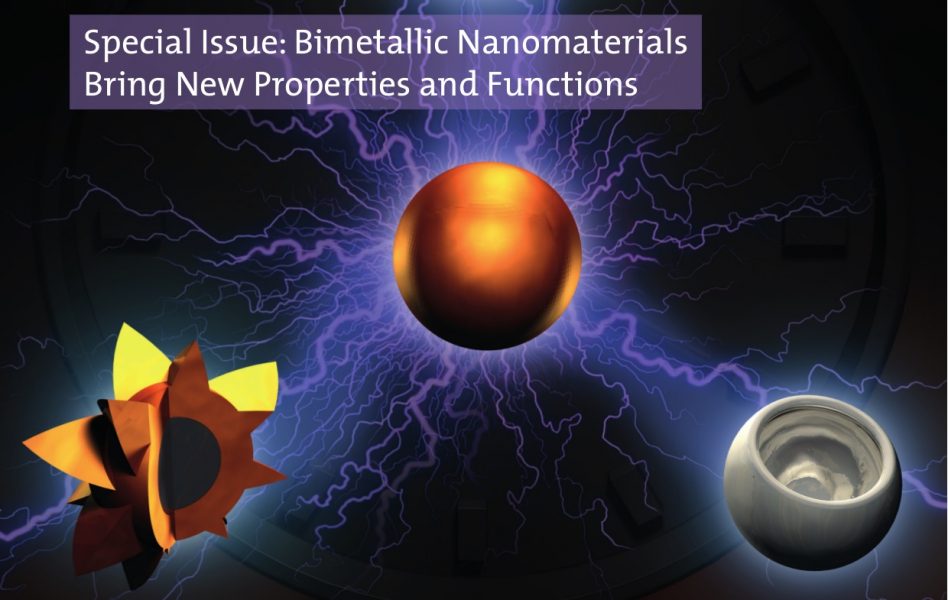

Recent developments and perspectives on bimetallic nanomaterials highlighted in Particle & Particle Systems Characterization.
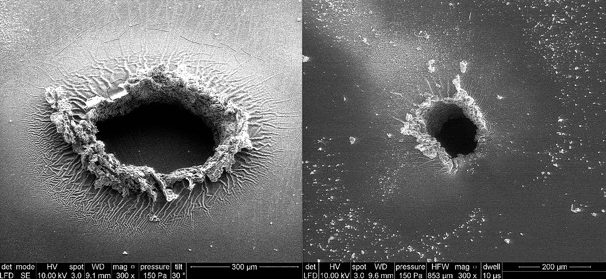
Mechanical and electrical characterization of silicone-based dielectric elastomer films is used as a means to evaluate the homogeneity of the films.
![A Rapid In Situ Disinfection Method for Surgical Implants [Video]](https://www.advancedsciencenews.com/wp-content/uploads/2018/06/smll201704347_ASN_image_002.jpg)
A disinfection method for titanium implant surfaces using a hybrid coating of chitosan on molybdenum disulfide.
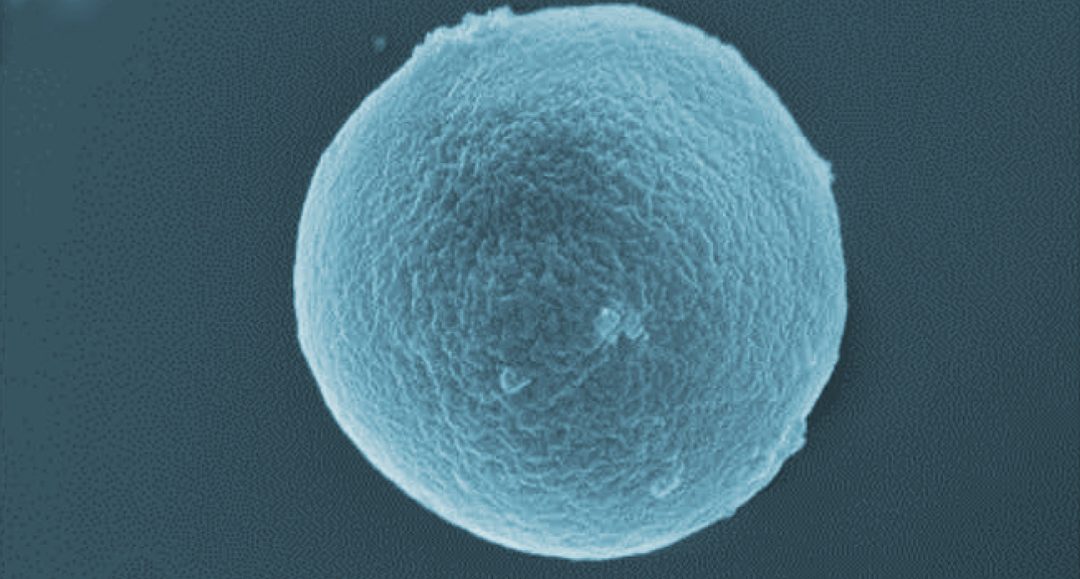
New magnetically-activated drug delivery systems offer a potentially more effective tool to fight tuberculosis
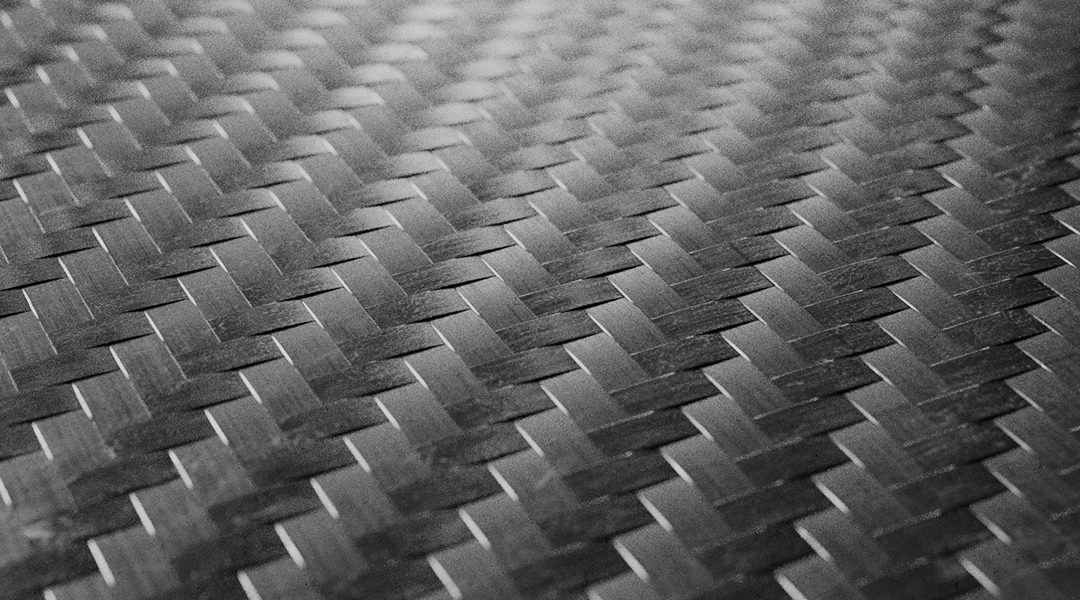
Finite element models with random void defects are constructed to analyze the progressive damage behaviour of C/C braided composites subjected to uniaxial tension.
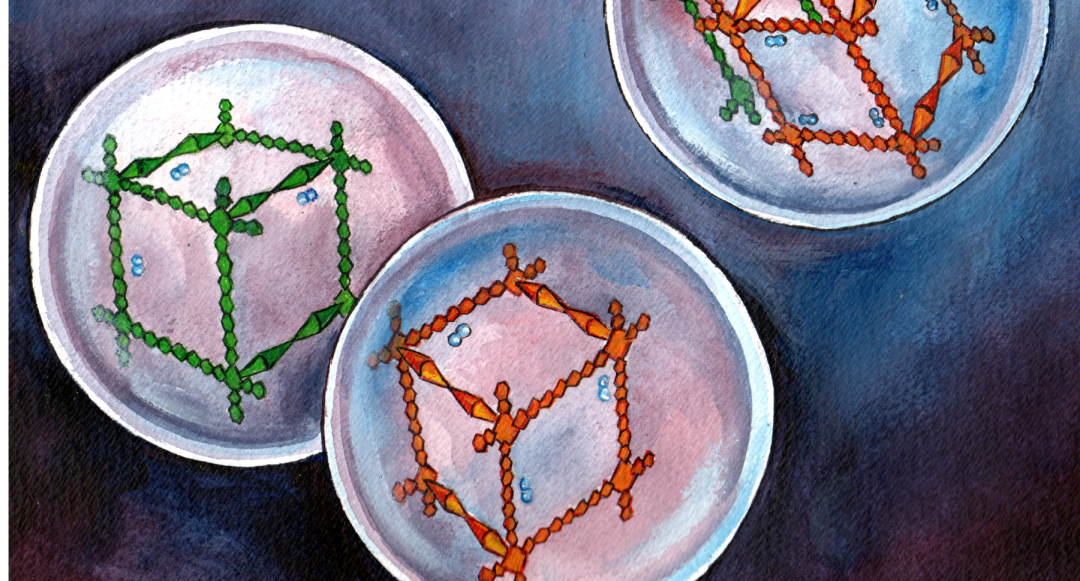
Interview with Dr. Karsten Müller and Timo Rüde of the Friedrich-Alexander-Universität Erlangen-Nürnberg, Germany about their recent work on liquid organic hydrogen carrier (LOHC) systems and the recent Special Issue of Energy Technology on Hydogen Storage Materials, Carriers, and Processes.
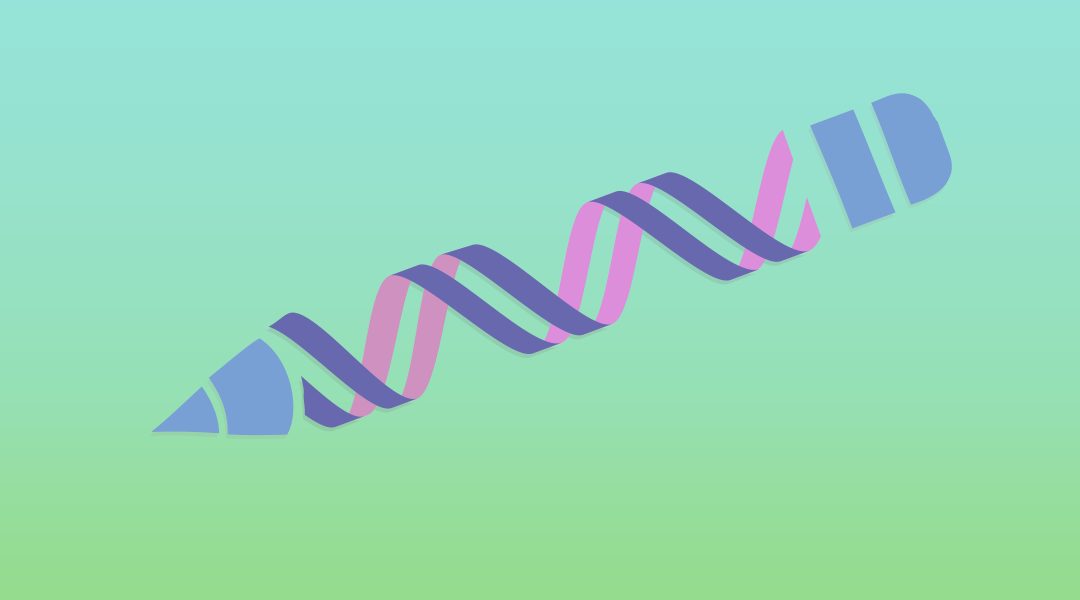
Although the overall functionality of Cas9 and Cas12a is remarkably similar, their distinct structural features result in distinct molecular mechanisms that impact their activities.
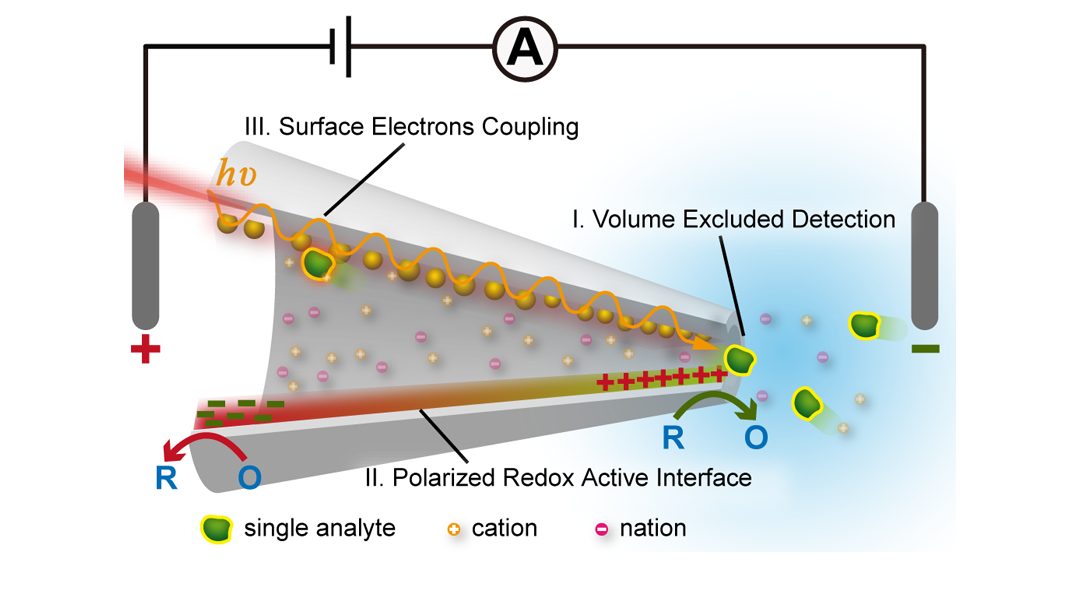
Electrochemical confined effects are capable of exploring the novel detection mechanisms of nanopore to efficiently convert the dynamic function/structure of single molecules into the ionic signatures or optical patterns. This will prompt the nanopore to emerge on the comprehensive range of future applications in both life and material science.
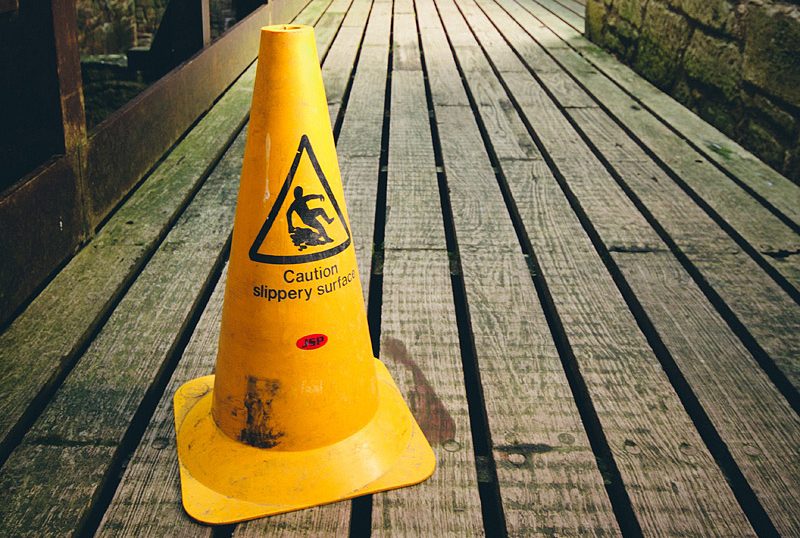
Slippery liquid infused porous surfaces (SLIPS) are created in a one-step approach by fs-laser ablation of polymers.
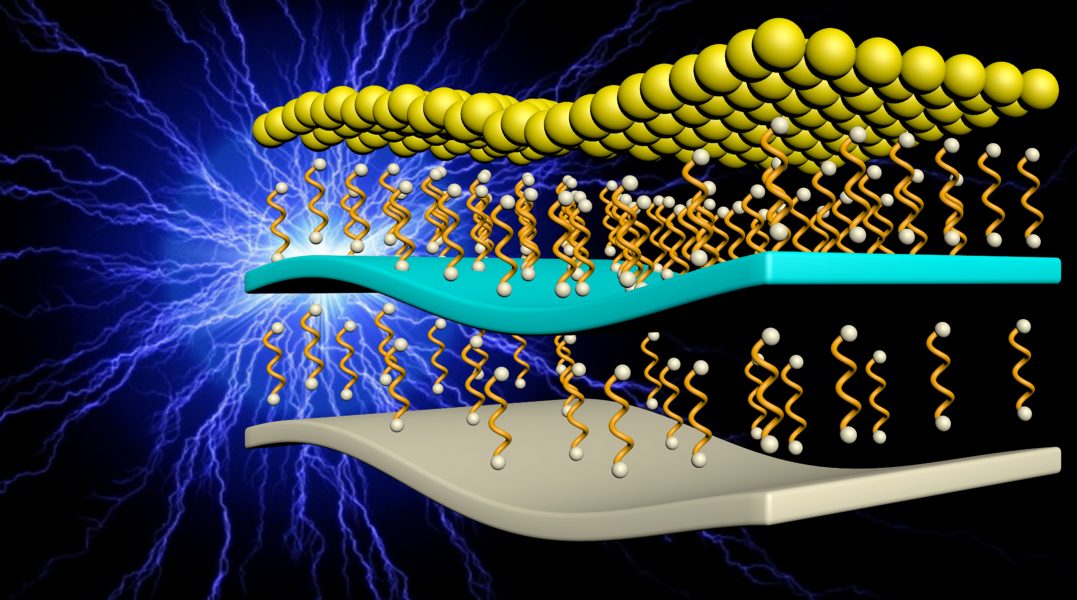
Arumugam Manthiram of the University of Texas at Austin was a Web of Science Highly Cited Researcher for 2017. Hear what he has to say about the problem of polysulfide shuttling in sulfur-based battery systems.